12 Best Herb Garden Plants: Expert Insights for Caring and Harvesting the Finest Plants
Welcome to “12 Best Herb Garden Plants: Expert Insights for Caring and Harvesting the Finest Plants.” If you’re ready to embark on a herb gardening adventure, this guide is your ultimate resource. Discover the top 12 herb plants that are not only easy to grow but also offer a myriad of flavors, aromas, and health benefits.
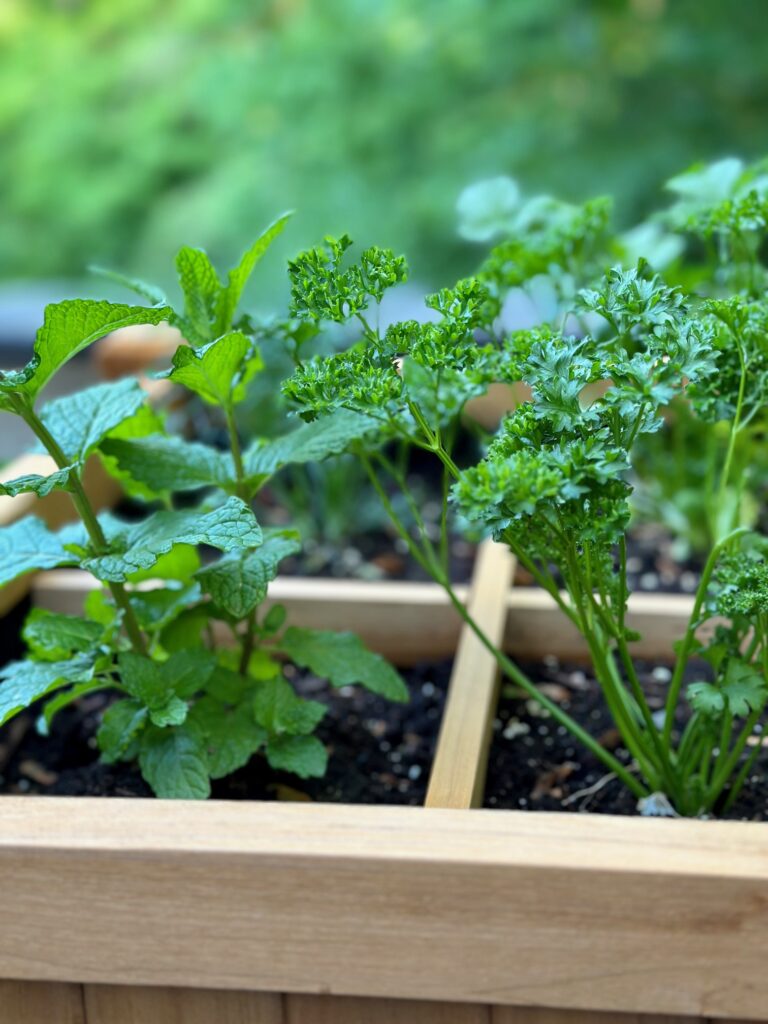
Get ready to unleash your inner chef and elevate your culinary skills this summer with the 12 best herb garden plants! Each year, I can’t contain my excitement (pun intended!) as I eagerly await the arrival of these herbs in our local Massachusetts garden centers. As soon as they make their debut (typically early spring), I waste no time planting them, knowing that they will be the key ingredient in my summer meals. There’s nothing quite like having a bountiful selection of fresh herbs right outside my kitchen door, ready to enhance any dish.

Content may contain affiliate links. When you shop the links, we receive a small commission at no cost to you. Thanks for supporting my small business.
From refreshing mint for tantalizing mojitos or my favorite pasta salad to fragrant thyme in a mouthwatering corned beef and sweet potato hash, and even rosemary that gives my favorite rosemary butter cookies that extra special touch, these herbs bring a burst of flavor to every recipe. And let’s not forget about the vibrant freshness of cilantro, perfect for adding an authentic touch to all my Mexican-inspired creations ensuring its zesty flavor shines in my homemade salsas, tacos, and guacamole! The best part is, I can pick exactly what I need, avoiding the hassle of buying pre-packaged herbs from the grocery store where the bundles are often too large, leading to unnecessary waste. So, join me in embracing the joy of growing these herbs at home, and let’s embark on a delicious journey of flavors together!
Benefits of Growing Herbs in Containers
- Easy access: Growing herbs in containers near your kitchen or outdoor cooking area provides convenient access to fresh herbs whenever you need them. No more running to the store or digging through the garden for a handful of herbs. Simply step outside and pluck what you need, right at your fingertips.
- Moisture control: Different herbs have different moisture requirements, and growing them in containers allows you to easily control the soil moisture levels. This is particularly useful for herbs that prefer well-drained soil, as containers provide better drainage compared to garden beds. You can ensure that each herb receives the optimal amount of water, promoting healthy growth.
- Controlling aggressive spreaders: Certain herbs like mint and lemon balm have a tendency to spread aggressively if planted directly in the garden. By growing them in containers, you can prevent them from taking over your garden beds. Containers act as a barrier, containing their growth and preventing them from invading other plants.
- Portability: Container gardening allows you to move your herbs around as needed. If you have limited sunlight in certain areas of your yard, you can easily relocate the containers to sunnier spots. Similarly, if there’s a sudden frost or extreme weather conditions, you can bring your potted herbs indoors for protection, ensuring their survival.
- Space-saving: Growing herbs in containers is an excellent option for those with limited gardening space. Whether you have a small balcony, patio, or even a windowsill, you can create a compact herb garden using containers. They take up minimal space and can be arranged in creative ways, adding beauty and functionality to any small area.
- Versatility: Containers come in various sizes, shapes, and materials, allowing you to choose the ones that suit your style and needs. You can experiment with different types of pots, hanging baskets, or even repurpose items like old buckets or wooden crates. This versatility gives you the freedom to customize your herb garden and showcase your creativity.
- Pest control: Growing herbs in containers can help deter pests that may otherwise feast on your plants. By elevating the pots off the ground, you reduce the risk of soil-borne pests or crawling insects reaching your herbs. Additionally, you can easily monitor and spot any signs of pest infestation, enabling prompt action to protect your plants.
- Accessibility for all: Container gardening makes herb cultivation accessible to everyone, regardless of their gardening experience or physical abilities. Whether you’re a seasoned gardener or a beginner, you can enjoy the benefits of growing herbs in containers. They require less bending, kneeling, and digging, making it easier for individuals with mobility issues or limited gardening space to participate in herb gardening.
- Aesthetically pleasing: Lastly, herbs in containers can enhance the visual appeal of your outdoor space. With a variety of colors, textures, and fragrances, herb containers can serve as attractive focal points or decorative accents in your garden, patio, or windowsill. They add a touch of greenery and natural beauty to any environment.
By growing herbs in containers, you can reap these benefits while enjoying the convenience, control, and flexibility that container gardening offers. Next, let’s jump into the 12 Best Herb Garden Plants!

12 Best Herb Garden Plants
I. Basil:
Basil, a beloved herb in the culinary world, comes in various delightful varieties, each with its own unique characteristics and flavors. From the classic Genovese basil with its sweet and slightly spicy taste to the exotic Thai basil with its distinct anise-like flavor, there’s a basil variety to suit every palate. The lemon basil adds a citrusy twist to dishes, while the purple basil adds a pop of vibrant color. Regardless of the variety you choose, basil plants thrive in well-drained soil, abundant sunshine, and regular harvesting. To encourage leaf growth and preserve the flavor, it’s important to prune the flower buds as they appear. This simple step redirects the plant’s energy into producing more lush leaves, ensuring a bountiful supply of aromatic basil throughout the growing season. So whether you’re making classic pesto or adding fresh leaves to your salads or salad dressings, growing different basil varieties in your herb garden will elevate your culinary creations to new heights. As far as culinary herbs go, this one truly stands out for its remarkable versatility.
II. Lavender:
Lavender, known for its enchanting fragrance and delicate blooms, is a wonderful herb to grow in containers. There are several types of lavender that are well-suited for container gardening, including English lavender, French lavender, and Spanish lavender. Lavender thrives in well-drained soil and requires full sun to flourish get the perfect lavender soil mix here. It’s important to ensure proper drainage in the container to prevent waterlogged roots for information on watering lavender visit my How Often to Water Lavender Indoors: A Comprehensive Guide post. Regular pruning is essential for maintaining the plant’s shape and encouraging abundant blooming. By trimming back the spent flower stalks, you’ll promote new growth and extend the blooming period. Learn how to fertilize your lavender plants in this Do Lavender Plants Like Coffee Grounds? Exploring the Benefits and Drawbacks post. Lavender flowers have a multitude of uses beyond their ornamental value. They can be used in cooking to infuse dishes with a subtle floral flavor, incorporated into crafts like potpourri, candles or sachets, or even enjoyed in aromatherapy for their relaxing and soothing properties. With its beauty, fragrance, and versatility, lavender is a must-have herb in any container garden.
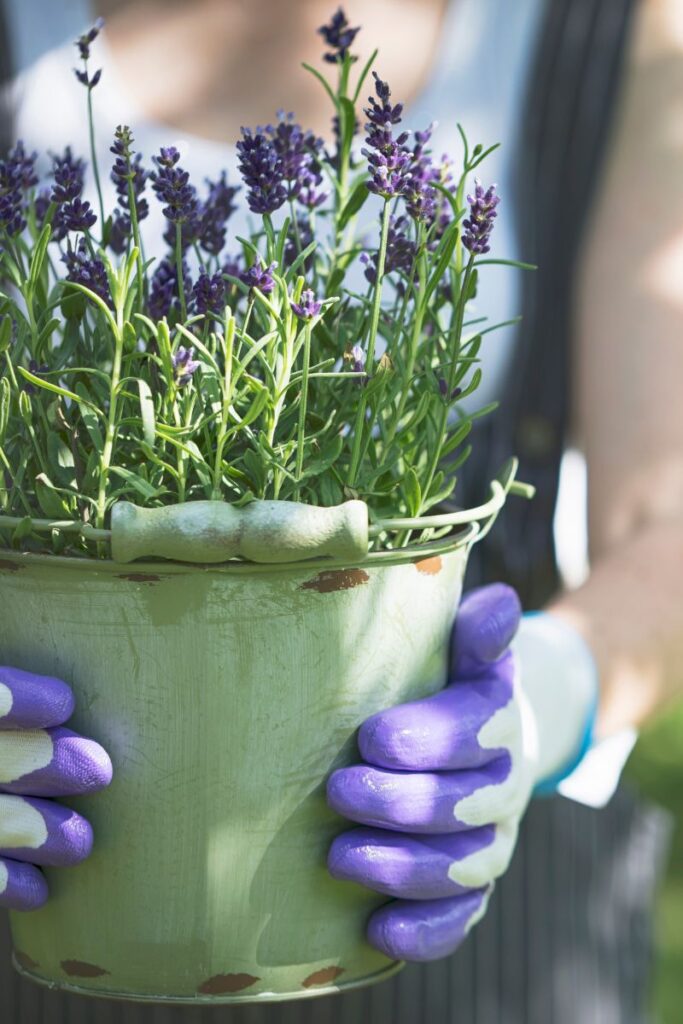
III. Cilantro (Coriander):
Growing cilantro in my container garden brings me immense joy and adds a burst of freshness to my culinary creations. What’s even more exciting is that I get to enjoy both the aromatic leaves, known as cilantro, and the flavorful seeds, known as coriander. Cilantro prefers moist soil and partial shade, making it a perfect herb for those cozy corners of my patio where sunlight filters through the leaves of nearby plants. Harvesting the leaves before they bolt ensures the best flavor, as cilantro has a tendency to turn bitter once it starts producing flowers. And let’s not forget about the coriander seeds! Once the plant flowers and produces seed heads, I eagerly collect the seeds for their culinary uses, adding them to spice blends, marinades, and even baked goods. Cilantro truly is a versatile herb that brings a vibrant touch to my dishes, whether it’s in a zesty salsa or sprinkled on top of our favorite fajitas!

IV. Rosemary:
This aromatic herb with its needle-like leaves holds a special place in my heart and kitchen. Growing rosemary in containers is a game-changer, especially when the colder months start creeping in. I can effortlessly bring my beloved rosemary indoors, ensuring its survival and keeping its fresh flavors close at hand. Placing my rosemary pot in a sunny spot on my patio allows it to bask in the warm rays and thrive. But here’s the trick: I have to be mindful of its watering needs. Rosemary dislikes overly damp conditions, so I make sure not to overwater. Maintaining a careful balance of moisture keeps my rosemary healthy and happy. Whether I’m adding rosemary to roasted potatoes, infusing olive oil, or using it in my all-time favorite rosemary butter cookies, this herb never fails to elevate my dishes with its incredible aroma and distinctive flavor.

V. Dill:
Dill, with its delicate feathery foliage and distinct taste, is an absolute must-have in my herb garden. This feathery herb does best in well-drained soil and craves basking in the glorious sunshine. I make sure to give it plenty of love and attention by providing regular watering to keep its soil moist but not waterlogged. Now, here’s a little secret to keeping my dill in tip-top shape: I pinch it back regularly. By gently pinching the growing tips, I prevent it from growing too tall and getting all leggy. This keeps my dill bushy and compact, making it easier to harvest those lovely leaves, seeds, and dill heads as needed. Whether I’m making our favorite Pan Seared Salmon with Lemon Dill and Capers recipe, incorporating it into creamy dips, or using it as a fragrant garnish for grilled fish, dill never fails to bring a burst of vibrant flavor and a touch of herbal elegance to my dishes.

VI. Parsley:
Whether it’s the curly or flat-leaved variety, parsley adds a touch of freshness and vibrant green to my culinary adventures. What’s even better is that it plays well with others, making it a perfect companion plant alongside my favorite ornamental flowers. This herb craves regular watering and appreciates a little extra love in the form of feeding to keep it thriving. And let’s not forget its love affair with the sun! Parsley flourishes when basking in full sunlight, which helps it develop those robust flavors that I can’t resist. From garnishing my dishes to being the star ingredient in pestos and salads, parsley is a great herb for my container garden that never fails to delight.
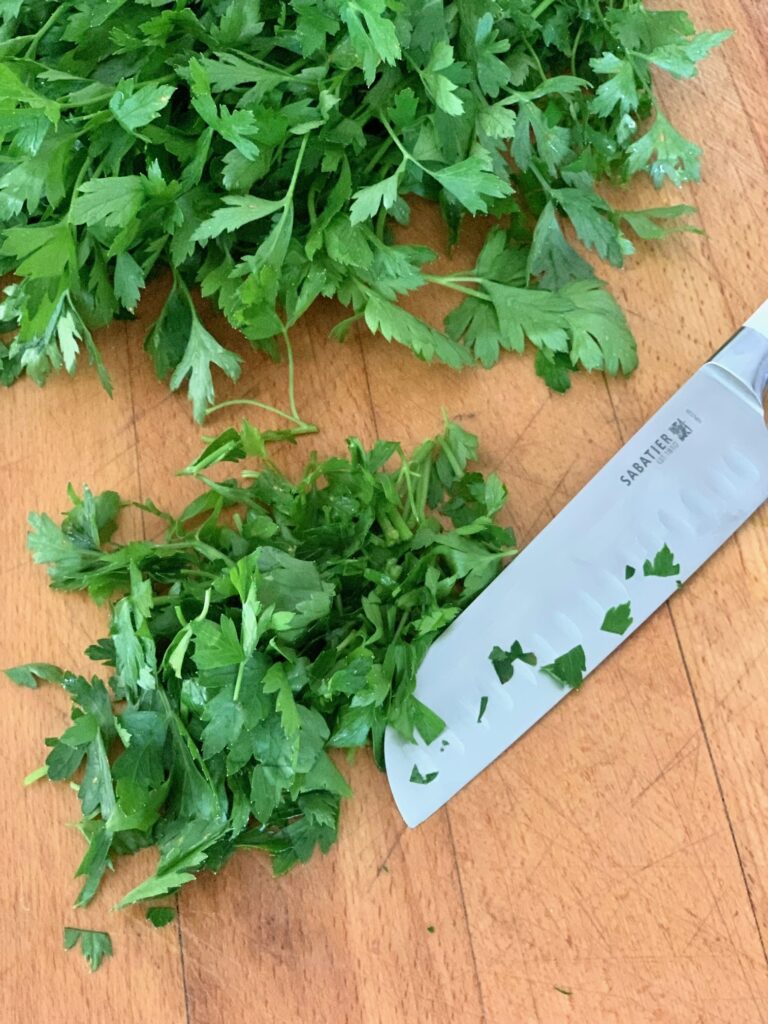
VII. Thyme:
Ah, thyme, the herb that adds a touch of earthy goodness to so many dishes! I absolutely adore growing thyme in my herb garden. It’s one of the easiest herbs to grow as it’s low-maintenance and thrives on neglect, making it perfect for those of us with busy schedules. With its drought-tolerant nature, thyme is a resilient little plant that can handle some dry spells without batting an eye. One of the things I love most about thyme is its mounding growth, which cascades over the edges of containers, creating a beautiful trailing effect. It’s like having a lush green waterfall right on my patio! Thyme is a sun-worshipper and craves those full rays, so make sure to give it a sunny spot in your garden. And here’s the best part: thyme doesn’t demand much when it comes to watering. It prefers its soil on the drier side, so you won’t find yourself constantly reaching for the watering can. When it comes to culinary use, there are several delightful thyme varieties to choose from, such as English thyme, French thyme, and lemon thyme. Whether it’s used fresh or dried, each one adds its own unique flavor profile to dishes, making them a chef’s dream.
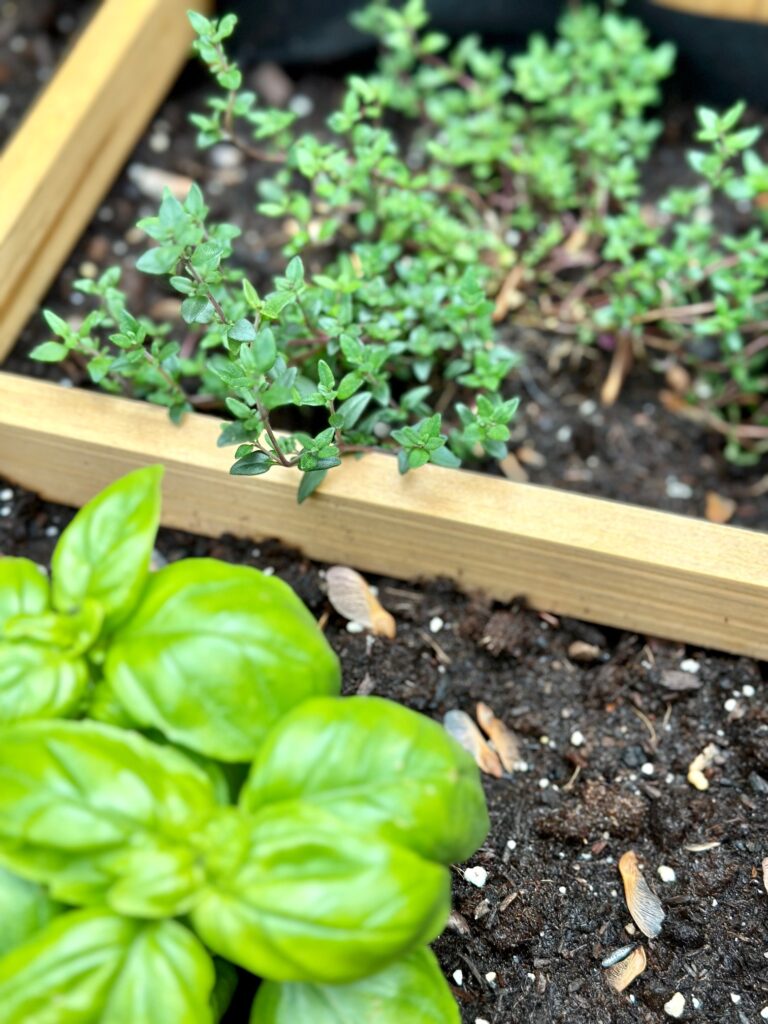
VIII. Mint:
Mint! The herb that never fails to bring a refreshing burst of flavor to my garden and kitchen! And those soft purple spikey blooms, get me every time! I simply can’t resist growing mint in containers. It’s such a versatile herb with a multitude of mint varieties to choose from, like spearmint, peppermint, and even chocolate mint (yes, you read that right, chocolate!). Growing mint in containers is a smart move because, let’s face it, this herb has a reputation for taking over if given free rein in the garden. By confining it to pots, I can keep its invasive tendencies in check while still enjoying its delightful aroma and taste. When it comes to soil, I like to use a mixture of potting soil and compost to create a nutrient-rich environment for my mint. As for watering, mint appreciates ample moisture, so I make sure to keep the soil consistently moist without letting it become waterlogged. Now, let’s talk about its culinary uses! Mint is a true superstar in the kitchen. Its leaves can add a refreshing touch to a variety of dishes, from salads and sauces to desserts and cocktails. And let’s not forget about the delightful mint teas we can brew with its leaves. There’s nothing quite like a soothing cup of mint tea to unwind at the end of a long day. Mint truly is a garden gem that brings joy and flavor to my life in so many ways.

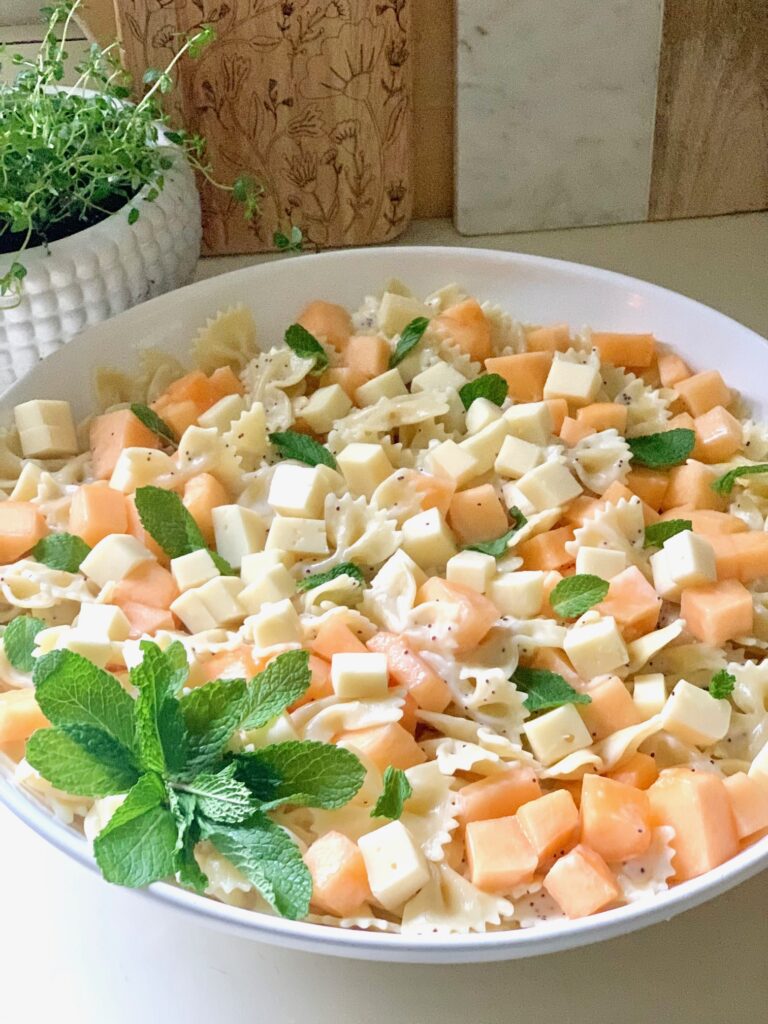
IX. Chives:
Ah, chives, the herb that adds a delightful touch of onion-like goodness to my dishes! I simply adore growing chives in containers for their ease of management. These herbaceous perennials are a breeze to cultivate, and I love having them within arm’s reach whenever I’m in need of that subtle onion flavor. Chives thrive in containers as they offer me better control over their growth and prevent them from spreading too wildly in my garden. All they ask for is some sunshine, so I make sure to place their pots in a spot that receives adequate sunlight throughout the day. Regular watering keeps them happy and healthy, ensuring they stay vibrant and full of flavor. And here’s a tip: dividing chive plants every few years not only helps maintain their vigor but also gives me the opportunity to propagate more chives for my culinary adventures. What’s truly remarkable about chives is their edible flowers. These delicate blossoms not only add a pop of color to my dishes but also provide a mild onion essence that complements various recipes beautifully. From sprinkling the blossoms over salads to incorporating them into compound butters and creamy soups, chives truly elevate the culinary experience with their unique flavor profile.

X. Lemon Balm:
Let’s talk about the refreshing and zesty lemon balm, a delightful herb that brings a burst of lemony goodness to my garden and kitchen! As a member of the mint family, lemon balm boasts a lovely citrus fragrance and flavor that never fails to put a smile on my face. To keep this herb’s exuberant growth in check, I’ve opted for container gardening, which allows me to contain its spreading habit and prevent it from taking over my entire garden. When it comes to the perfect soil mixture, I ensure it’s well-draining to avoid waterlogged roots. Regular watering keeps my lemon balm thriving, and I always appreciate its resilience and low maintenance. The culinary possibilities with lemon balm are truly endless! I love adding its vibrant leaves to teas, infusing them into refreshing drinks on hot summer days, or using them to enhance the flavor of fruit salads and marinades. The bright and uplifting essence of lemon balm never fails to add a delightful twist to my culinary creations, making it an absolute must-have herb in my garden.

XI. Sage:
Sage, the wise and wonderful herb that adds a touch of earthy goodness to my garden and kitchen! With its hardy nature and enchanting gray-green leaves, sage has become one of my go-to herbs for container gardening. Not only does it thrive in pots, but it also offers a myriad of culinary uses that never fail to impress. To ensure its success, I make sure to provide sage with well-drained soil and ample sunlight, as it loves basking in the warmth of the sun. As for watering, I take a moderate approach, allowing the soil to dry out slightly between waterings to prevent any waterlogging mishaps. To keep my sage plant in shape and encourage new growth, I’ve learned the art of pruning. By trimming back the stems and removing any woody growth, I help maintain its beautiful form while also stimulating fresh, aromatic leaves to emerge. Sage truly adds a touch of wisdom and flavor to my dishes, making it an indispensable herb in my container garden.
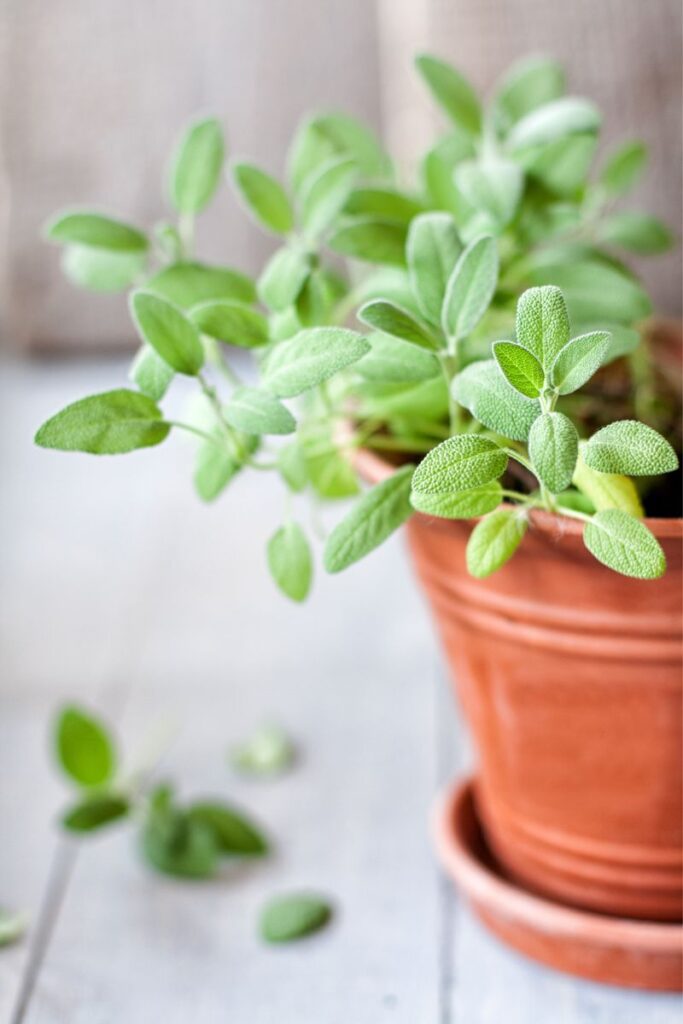
XII. Oregano:
This flavorful herb holds a special place in my heart and garden. With its hardy nature and lush green leaves, oregano is perfectly suited for container gardening. It happily thrives in pots, allowing me to have easy access to its vibrant flavors all season long. To ensure oregano’s success, I provide it with well-drained soil, plenty of sunlight, and a moderate watering routine. Oregano loves basking in the sun, so I make sure to place its container in a sunny spot, allowing it to soak up the rays. When it comes to watering, I strike a balance, making sure the soil remains moist but not overly saturated. Pruning is also an essential part of oregano care. By snipping back the stems regularly, I not only maintain their tidy appearance but also promote fresh growth and maximize their aromatic flavors. Oregano’s versatility in the kitchen is truly remarkable. Whether I’m sprinkling it over pizzas, adding it to pasta sauces, or infusing it in oils for a burst of flavor, oregano never disappoints.
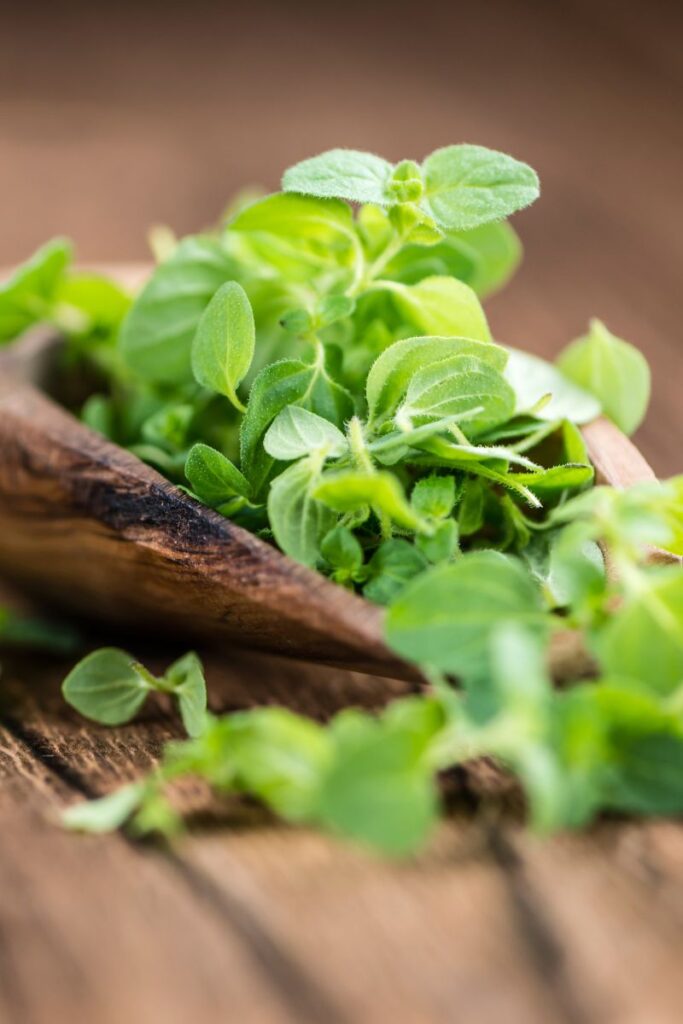
Tips to help you successfully grow herbs in containers:
- Container selection: When choosing containers for your herbs, opt for ones with adequate drainage holes. Proper drainage is essential to prevent waterlogged roots and promote healthy plant growth.
- Potting mix: Use a high-quality potting mix with good drainage or create your own blend using potting soil and compost. This ensures a well-draining and nutrient-rich environment for your herbs.
- Lighting requirements: Most herbs thrive in sunlight, so place your containers in a location that receives 6 to 8 hours of direct sunlight each day. If sunlight is limited, consider using artificial grow lights to supplement the lighting needs.
- Regular harvesting: To encourage fresh growth and ensure continuous production, regularly harvest your herbs. Snip off the outer leaves or stems, leaving enough for the plant to continue growing. Regular harvesting also helps prevent the herbs from becoming overgrown and leggy.
- Watering practices: Each herb has its own watering preferences, so adjust your watering routine accordingly. Check the soil moisture regularly and water when the top inch of soil feels dry. Avoid overwatering, as it can lead to root rot. On the other hand, don’t let the soil completely dry out either.
- Fertilization: Provide your herbs with the necessary nutrients by using organic fertilizers. Choose a fertilizer specifically formulated for herbs or use compost or organic liquid fertilizers. Follow the instructions on the fertilizer packaging for the appropriate application rate and frequency.

Frequently Asked Questions about Growing Herbs in Containers
While you can grow herbs in various types of containers, it’s important to choose ones with proper drainage holes to prevent waterlogging. Plastic, ceramic, or terra cotta pots are popular choices. Make sure the containers are large enough to accommodate the herb’s root system and provide ample space for growth.
Yes, most herbs require a good amount of sunlight to thrive. Sunlight is essential for their photosynthesis process, which allows them to produce energy and grow. Generally, herbs prefer to be exposed to at least 6 to 8 hours of sunlight per day. However, there are a few herbs that can tolerate partial shade, so it’s important to consider the specific sunlight requirements of each herb when planning your garden.
The watering frequency depends on several factors, including the specific herb, container size, and environmental conditions. As a general guideline, check the moisture level of the soil by inserting your finger about an inch deep. Water when the top inch of soil feels dry. Avoid overwatering, as it can lead to root rot. It’s always better to slightly underwater than adding too much water, as most herbs prefer slightly drier conditions.
It’s best to avoid using regular garden soil in containers, as it tends to become compacted and restricts drainage. Instead, use a well-draining potting mix or create a blend using potting soil and compost. This ensures proper aeration, moisture retention, and nutrient availability for your herbs.
Yes, herbs can benefit from occasional fertilization to ensure healthy growth. Use organic fertilizers specifically formulated for herbs or opt for compost or organic liquid fertilizers. Follow the instructions on the fertilizer packaging for the recommended application rate and frequency. Be careful not to over-fertilize, as it can lead to excessive foliage growth with reduced flavor. For more information on fertilizing herbs visit my What You Need to Know About Fertilizing Herbs: Nurturing Nature’s Bounty post.
It’s possible to grow multiple herbs together in a single container, but it’s important to consider their individual needs. For best results, choose the best herbs with similar sunlight, watering, and nutrient requirements to ensure they thrive together. Be mindful of their growth habits and ensure they have enough space to spread out. Consider companion planting, where certain herbs can benefit from each other’s presence and deter pests.
Tip: This year I decided to try something new for my herb garden: a Raised Garden Bed 8 Pocket Herb Garden! It’s been a game-changer for my gardening experience, allowing me to neatly organize and cultivate each herb in its own dedicated space. With this innovative planter, I can easily tend to my herbs and enjoy the convenience of having them all in one place.
The main difference between perennial herbs and annual herbs is their lifespan. Perennial herbs are plants that live for more than two years, often returning year after year. They have a longer life cycle and can continue growing and producing for multiple seasons. On the other hand, annual herbs complete their life cycle within one year. They grow, flower, produce seeds, and then die off at the end of the growing season. They need to be replanted each year for continuous cultivation.
Having fresh herbs at your fingertips brings a world of convenience and benefits. Just imagine plucking a sprig of mint for your refreshing summer mojitos or adding a pinch of fresh basil to your homemade pasta sauce. Not only do herbs enhance the flavors of your dishes, but they also offer a wealth of health benefits and can be used in teas, crafts, and essential oils. By growing your own herbs in containers, you have easy access to these delightful plants, saving you from constantly buying expensive bundles at the grocery store where excess often goes to waste – growing your own is a great way to save money!
So, I encourage you to embark on this exciting journey of container herb gardening. Whether you have a small balcony, a sunny windowsill, or a spacious patio, there’s always room to grow herbs in containers. Start with a few of your favorite herbs, experiment with different varieties, and watch your herb garden flourish. Not only will you elevate your culinary creations with the freshest flavors, but you’ll also experience the joy of nurturing and harvesting your own herb garden. Get your hands dirty, let your green thumb thrive, and embrace the world of container herb gardening.
Thanks for visiting the blog today, I hope you found this, 12 Best Herb Garden Plants: Expert Insights for Caring and Harvesting the Finest Plants helpful!
Happy growing friends!






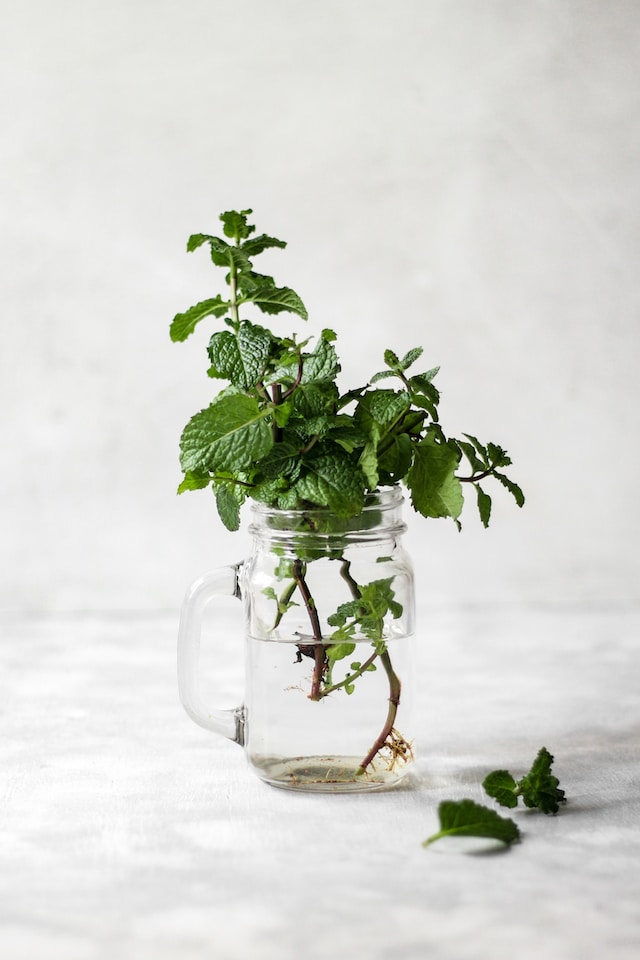
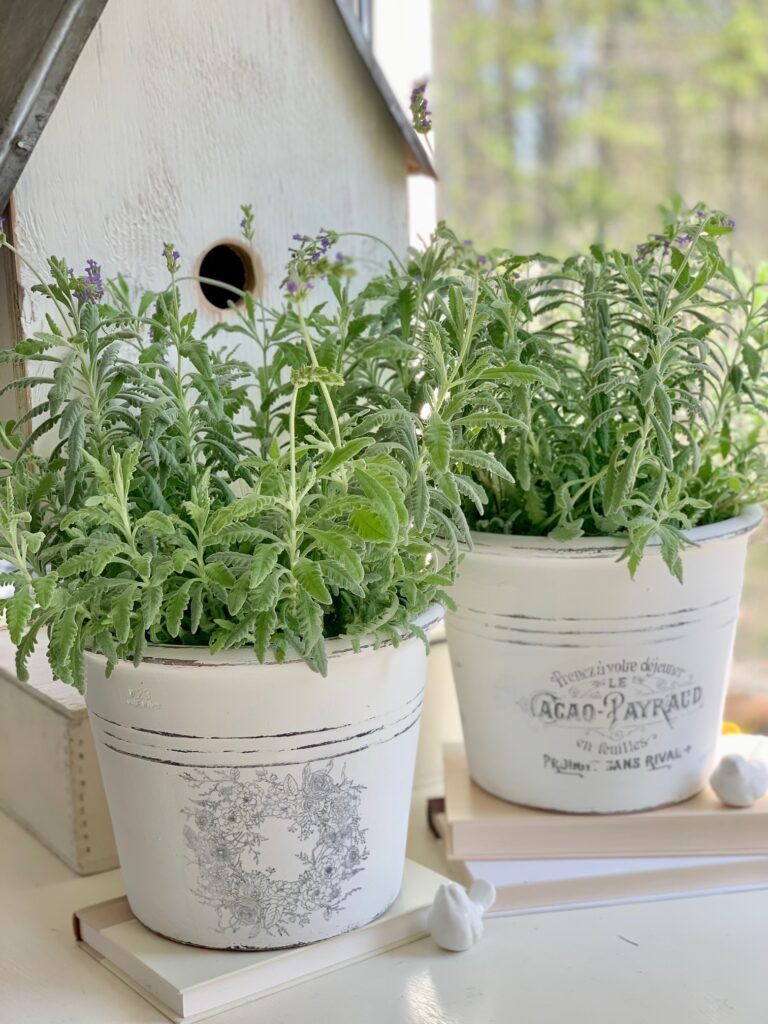

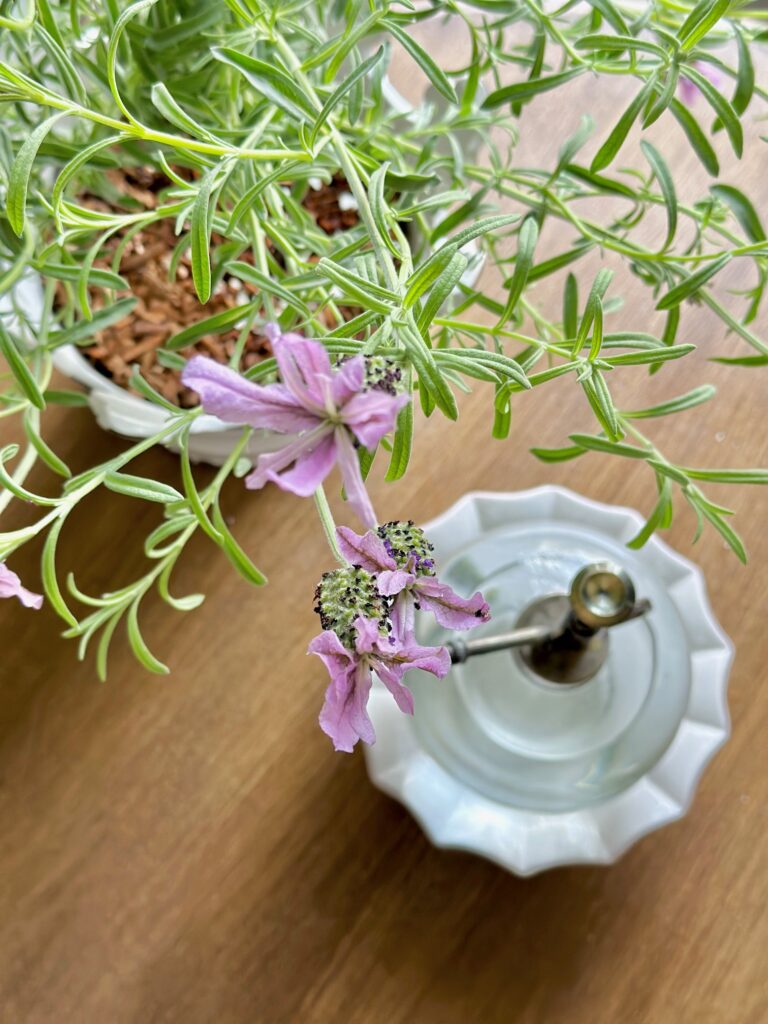

interesting post